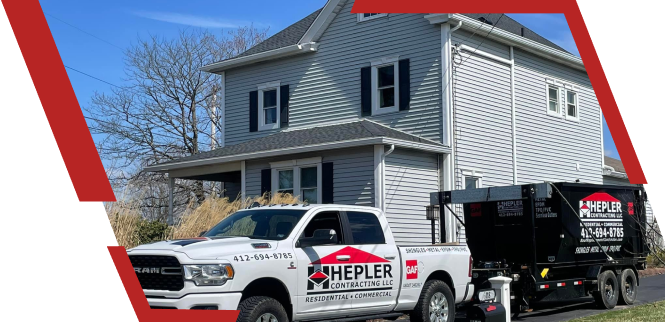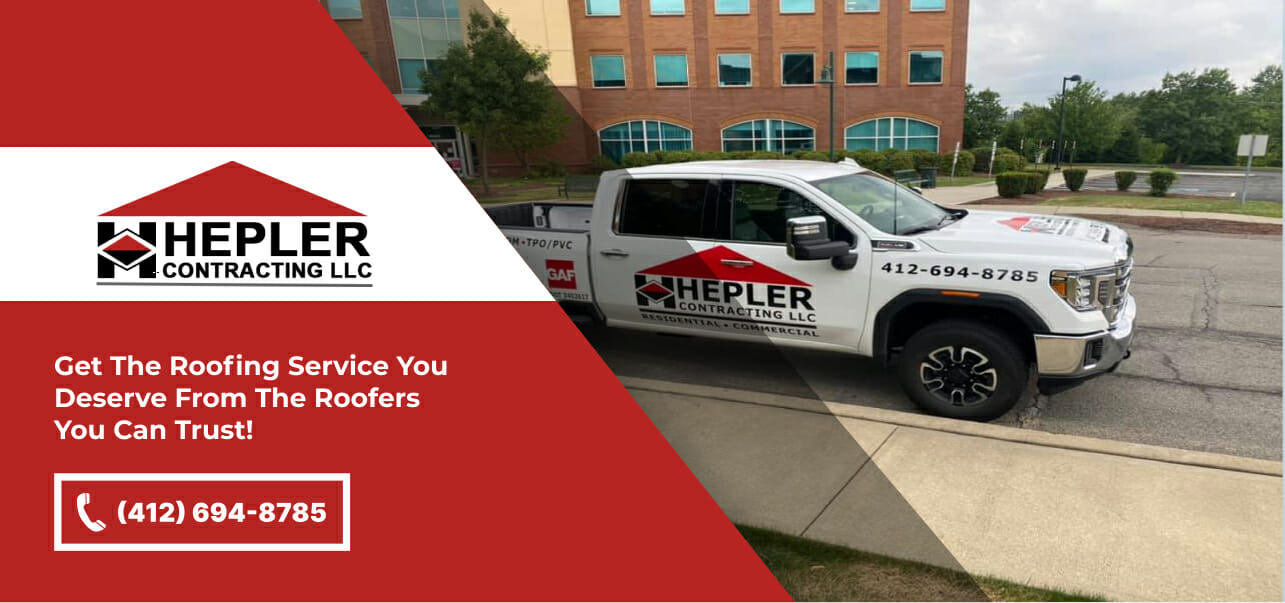Flat roofs are common in many places but are typically used on buildings with low-pitched roofs. This type of roof is most common on commercial properties, but can also sometimes be found on residential homes.
However, flat roofs have their own set of problems. They tend to leak and wear out quickly due to the lack of support from a steeper pitch. This is why it’s important to maintain your flat roof with regular maintenance checks.
One solution that can help you avoid these problems altogether is by using elastomeric roof coatings. Elastomeric coatings contain rubber or synthetic compounds that protect your roof against water damage, leaks, and other weather-related issues.
If you want to know more about elastomeric roof coating, keep reading!
What Is Elastomeric Roof Coating?
Elastomeric coatings are made of synthetic rubber and are applied as a liquid to the roof. When the liquid dries, the coating becomes a solid membrane that reflects most sunlight and allows rainwater to flow off the roof.
Elastomeric coatings are nearly ten times thicker than standard paint but are applied similarly.
Elastomeric coatings are used on residential or commercial roofs for waterproofing and extending their service life. They’re typically white or light beige and can be applied with a roller, brush, or sprayer.

How Does Elastomeric Roof Coating Work?
The elastomeric roof coating system keeps water out while withstanding the sun, rain, wind, and snow. The coating is designed to be flexible enough to allow for an average amount of expansion and contraction of the roofing material below it.
Depending on your roof type, you can apply the elastomeric coating in multiple layers over a base layer. The most common base layers are tar or tar paper, rolled asphalt sheeting, or polyester fabric. On top of these base layers, several coats of the liquid rubber coating are applied.
What Are The Benefits Of Elastomeric Roof Coatings?
The biggest advantage of elastomeric roof coatings is that they increase energy efficiency and provide UV protection. This means your building will be cooler in the summer, which can help keep energy costs down.
Elastomeric roof coatings also provide additional waterproofing and weathering protection. They can withstand rain, snow, ice, and high winds, which helps keep your home safe from natural disasters.
It’s also easy to repair and maintain once installed. Vulnerabilities can be easily resealed by applying more coating directly to the areas of damage.
Finally, it restores roof viability and extends the flat roof’s life expectancy. A well-applied elastomeric coating can last 10-20 years!
Will Elastomeric Roof Coating Stop Leaks?
Yes! Elastomeric coatings are a great way to stop leaks and prevent damage from worsening the condition of your roof. The catch, however, is that you must have this coating applied by a professional.
If you’re going to get an elastomeric coating, make sure you hire an experienced installer who can ensure that your roof is coated correctly and that all the right materials are used.
How To Apply Elastomeric Roof Coating?
- Thoroughly Clean The Surface: The first step in applying elastomeric roof coating is thoroughly cleaning the surface of the roof. This helps ensure that any dirt or debris is not trapped in the coating, which can cause problems with adhesion.
- Repair Any Cracks: Cracks in your roof must be repaired before applying the coating. Cracks can allow water to seep through, which causes leaks and other problems within the foundation of your home or business.
- Apply Elastomeric Roof Coating: After repairing any cracks, apply the elastomeric roof coating over them using a roller or brush (depending on what type of material you’re using).
What Is The Best Elastomeric Roof Coating?
When looking for the best roof coating, you want to find the material that will last the longest and provide the best insulation. Butyl elastomeric, acrylic, polyurethane, and silicone are all good options. Here’s what you need to know about each one:
Butyl Elastomeric Roof Coating
Butyl rubber is a type of elastomeric coating used on low-slope roofs. It’s created by refining isobutylene, which is then turned into a liquid for use on roofing products. Butyl rubber has excellent flexibility, and it can withstand conditions created by pooling water. Butyl coatings are waterproof, durable, and contain more solids than standard paints. Butyl is somewhat more toxic than other elastomeric coatings, and some roofing contractors prefer to use other elastomeric coatings as an alternative to Butyl.
Acrylic Roof Coating
Acrylic elastomeric coatings are the most durable type of coating but are less appropriate for roofs with poor drainage. This is because acrylic coatings have more solids and are more reflective than their counterparts. They also tend to include potent biocides that deter mildew and mold growth, making them a better choice for extreme sun exposure. Acrylic coatings are often only used on roofs that have good drainage because they do not handle pooling water well.
Silicone Roof Coating
Silicone-based coatings are used on roofs because they can withstand pooling water. In addition, silicones have extremely high tensile strength and elasticity, making them ideal for protecting surfaces against impact, abrasion, and erosion. Silicones are highly flexible and can conform to complex surface geometries without cracking or peeling off.
Polyurethane Roof Coating
Polyurethane can withstand high foot traffic, which makes it a good choice for roofs with a lot of foot traffic. It also makes polyurethane resistant to ponding. Polyurethane can withstand the expansion and contraction of roofs as the temperature changes, but this trait does make it difficult to work with. Since polyurethane is xylene-based, it is harsh on installation equipment and can be difficult to spray.
Top Roof Coating Products
The best roof coatings for flat roofs seal and protect the entire surface of your home or commercial property. Some of the top picks in roof coating are:
- Henry HE587372 Roof Coating
- Dicor RPCRC1 White EPDM Roof Coating
- Liquid Rubber EPDM
- L R Liquid Rubber RV Roof Coating
- Ames Maximum Stretch
You can find these products at your local home improvement store or online. You can read more about these roof coating products in The Final Kit blog post on The Best Elastomeric Roof Coating For Flat Roof- Avoid Expensive Roof Damage.
How Long Does It Last?
Elastomeric roof coatings can last as long as two decades, depending on how well you take care of your roof. A combination of regular cleaning and inspections by experts can keep your roof in prime shape and maximize its protective qualities for as long as possible.
How Much Does It Cost?
Many roof coatings are available, so it’s important to consider your budget when deciding which one is right for your roof. Elastomeric roof coatings can cost anywhere between $14 to $65 per gallon, but the type of material you ultimately choose will make a difference in the overall price.
A roofing expert, like Hepler Contracting LLC, can help you choose the best material for your project and will keep your budget in mind during the process.
Contact The Experts For Best Roof Coating Services
As a trusted Pittsburgh roofing contractor, we have the experience and expertise to guide you through your project and ensure your flat roof lasts for as long as possible. From the initial consultation to the final installation, we’ll be there every step of the way. Our friendly team will always be available by phone, at (412) 694-8785. Give us a call if you have any questions or concerns!


